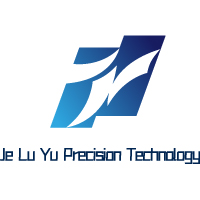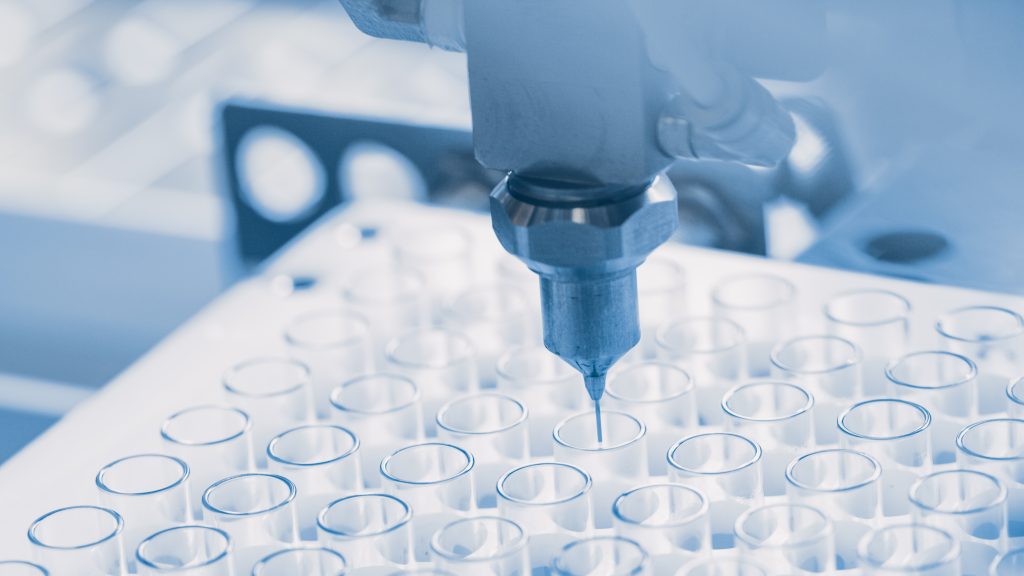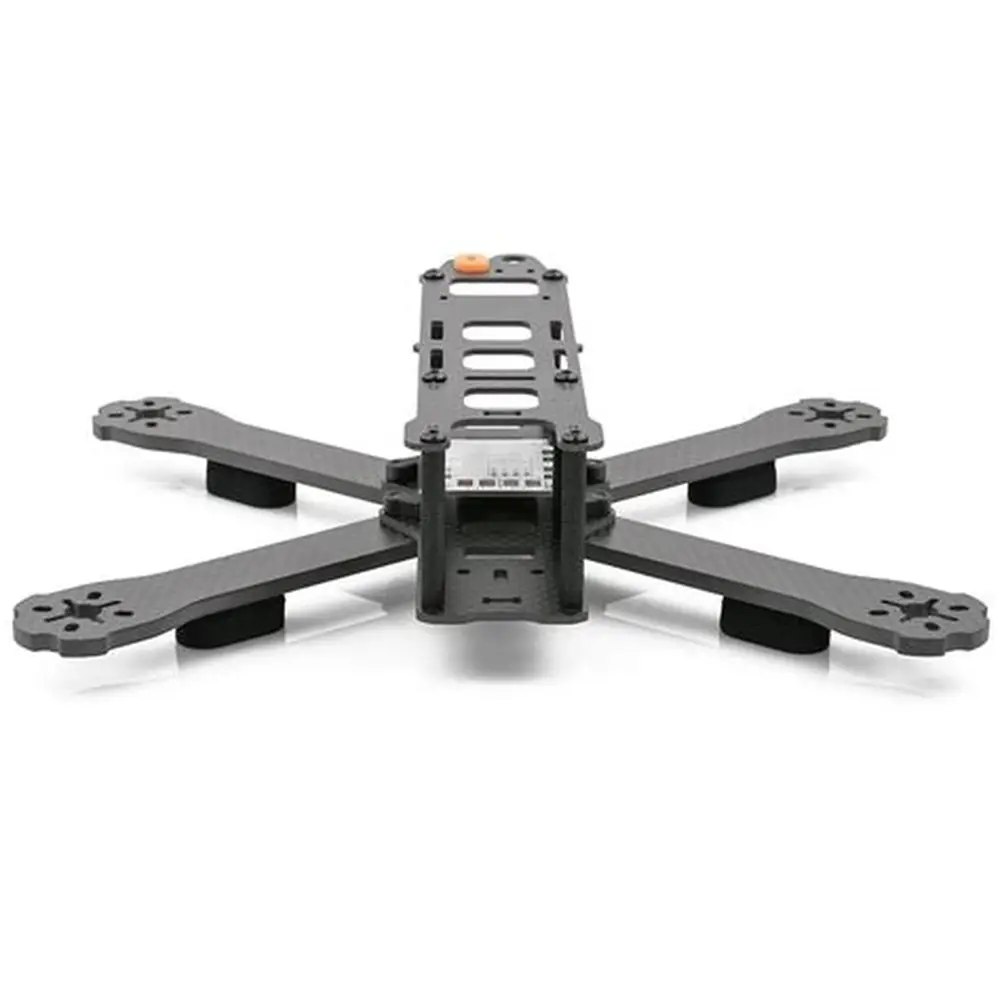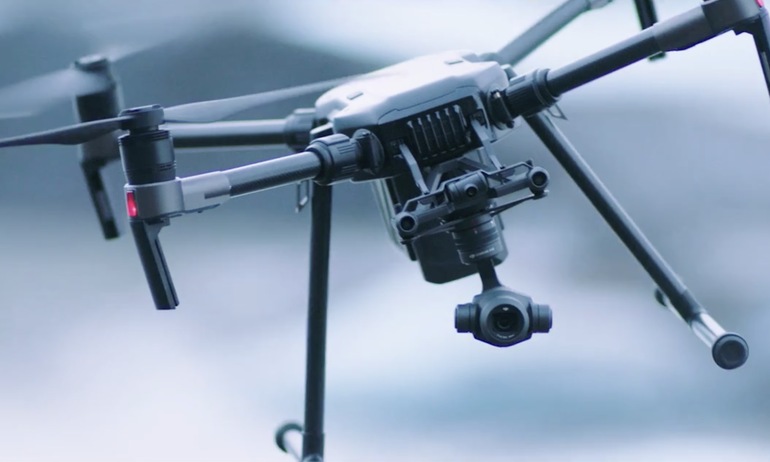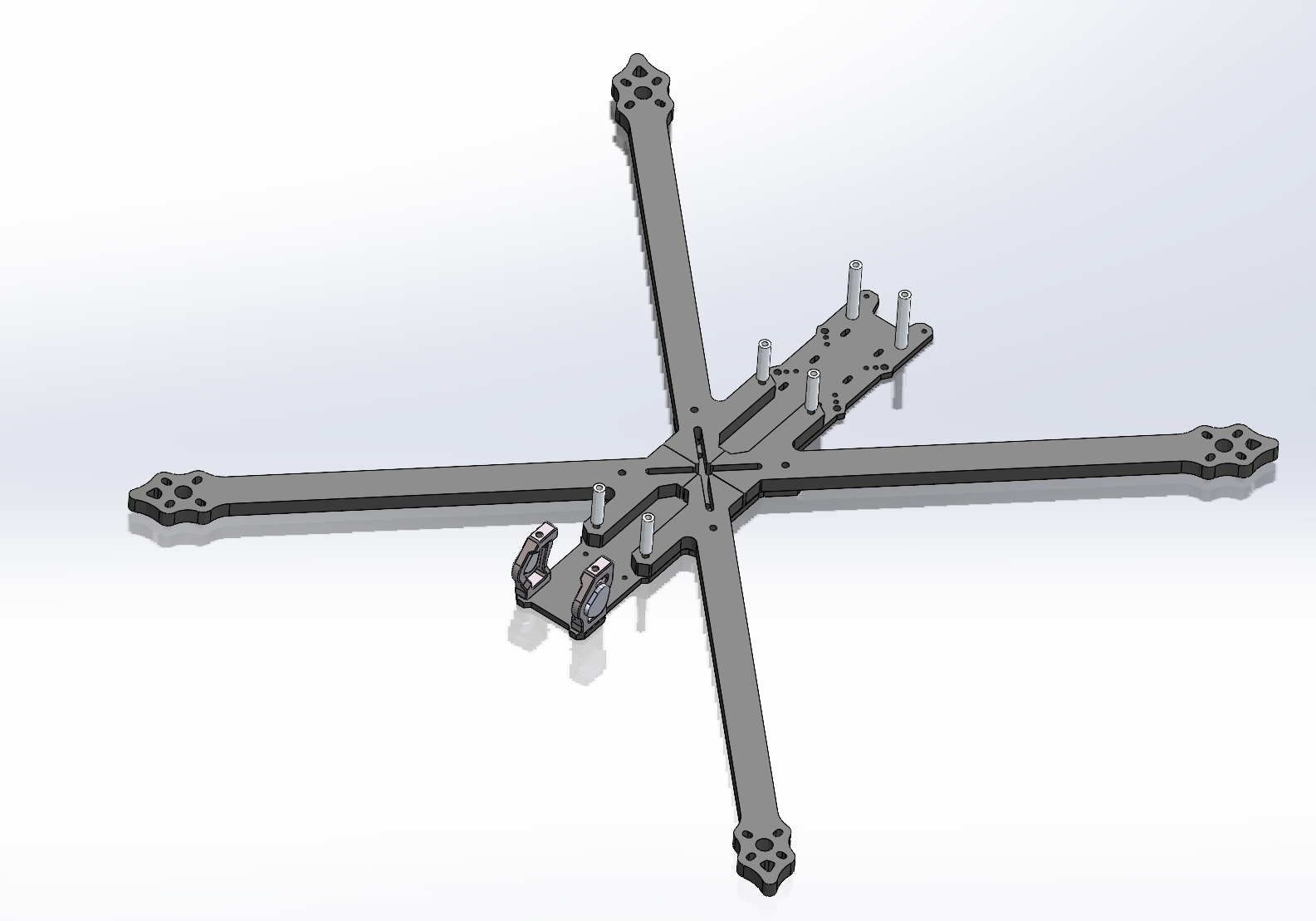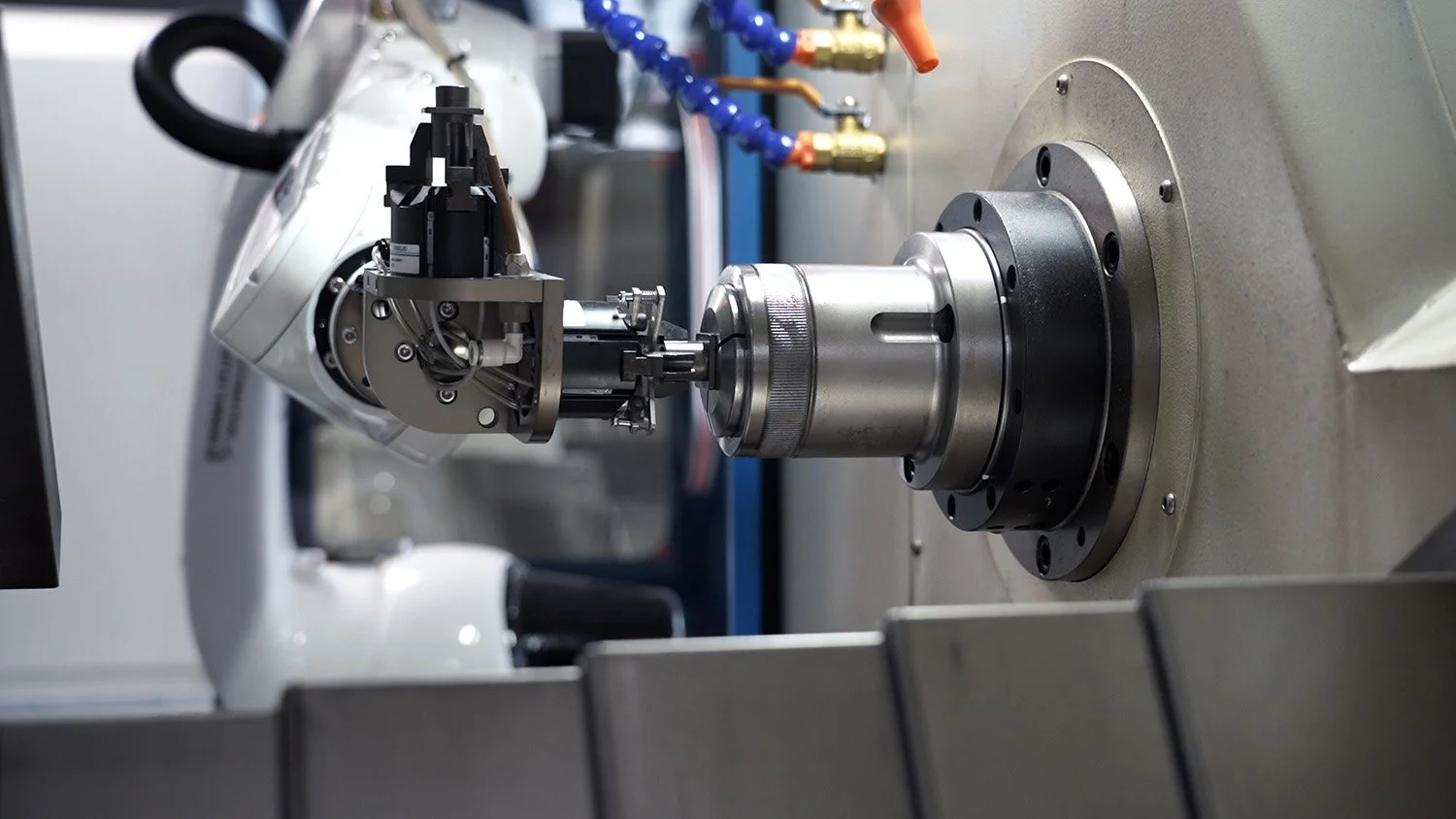Surface Finishing for Medical Device Components in CNC Machining: Ensuring Precision and Safety
Introduction
In the medical device industry, precision and safety are paramount. Surface finishing for medical device components plays a critical role in achieving these objectives. As a leading CNC machining service provider in China, Jlypt specializes in delivering high-quality surface finishing solutions tailored to meet the unique requirements of medical device components. This article explores the integration of surface finishing within the CNC machining domain, presenting detailed examples, and highlighting the benefits of partnering with Jlypt for your medical device component needs.
The Importance of Surface Finishing for Medical Device Components
Medical device components must meet stringent regulatory standards for safety, durability, and performance. Surface finishing enhances these properties by improving the component’s resistance to corrosion, wear, and contamination. It also plays a crucial role in achieving the desired aesthetic appeal and functionality.
Jlypt’s Surface Finishing Solutions for Medical Device Components
At Jlypt, we offer a comprehensive range of surface finishing solutions designed specifically for medical device components. Our services include:
- Polishing: Achieving a smooth, reflective surface for aesthetic appeal and reduced friction.
- Anodizing: Forming a protective oxide layer on aluminum components for enhanced corrosion resistance.
- Passivation: Creating a passive film on stainless steel components to prevent corrosion and improve biocompatibility.
- Electropolishing: Removing surface imperfections to achieve a smooth, contamination-resistant finish.
- Coatings: Applying specialized coatings for enhanced wear resistance, electrical conductivity, or aesthetic appeal.
Detailed Table of Surface Finishing Solutions
Below is a detailed table showcasing Jlypt’s surface finishing solutions for medical device components, their applications, typical characteristics, and example images:
| Finishing Type | Application | Characteristics | Example Image |
|---|---|---|---|
| Polishing | Surgical instruments, implants, aesthetic devices | Smooth, reflective surface; reduced friction and contamination risk |  |
| Anodizing | Aluminum housing, brackets, and components | Protective oxide layer; enhanced corrosion resistance |  |
| Passivation | Stainless steel implants, tools, and equipment | Passive film; corrosion resistance and biocompatibility |  |
| Electropolishing | Surgical tools, implants, and precision parts | Smooth, contamination-resistant surface; improved cleanliness |  |
| Coatings | Implants, tools, and external components | Enhanced wear resistance, electrical conductivity, or aesthetics |  |
Case Studies
Case Study 1: Polishing Surgical Instruments
A medical device manufacturer approached Jlypt for a high-quality polishing solution for their surgical instruments. The instruments required a smooth, reflective surface to reduce friction and contamination risk during use. Jlypt’s polishing process achieved the desired finish, ensuring the instruments met the manufacturer’s stringent quality standards and regulatory requirements.
Case Study 2: Anodizing Aluminum Components for an Implantable Device
An implantable device manufacturer sought Jlypt’s expertise for anodizing their aluminum components. The components needed a protective oxide layer to enhance corrosion resistance and ensure long-term durability within the body. Jlypt’s anodizing process provided the required protection, allowing the manufacturer to confidently introduce their implantable device to the market.
Case Study 3: Passivation of Stainless Steel Implants
A manufacturer of stainless steel implants approached Jlypt for passivation services. The implants required a passive film to prevent corrosion and improve biocompatibility. Jlypt’s passivation process successfully created the desired film, ensuring the implants met the highest safety standards for medical use.
Conclusion
Surface finishing plays a crucial role in ensuring the precision, safety, and performance of medical device components. At Jlypt, we offer a wide range of tailored surface finishing solutions designed to meet the unique requirements of the medical device industry. Our expertise, combined with state-of-the-art equipment and skilled technicians, ensures that every component leaves our facility with a finish that meets or exceeds expectations.
For more information or to request a quote, please visit our website at https://www.jlypt.com/anodizing-near-me-surface-finishing-services/ or contact us at [email protected]. We look forward to partnering with you on your next medical device component project!
